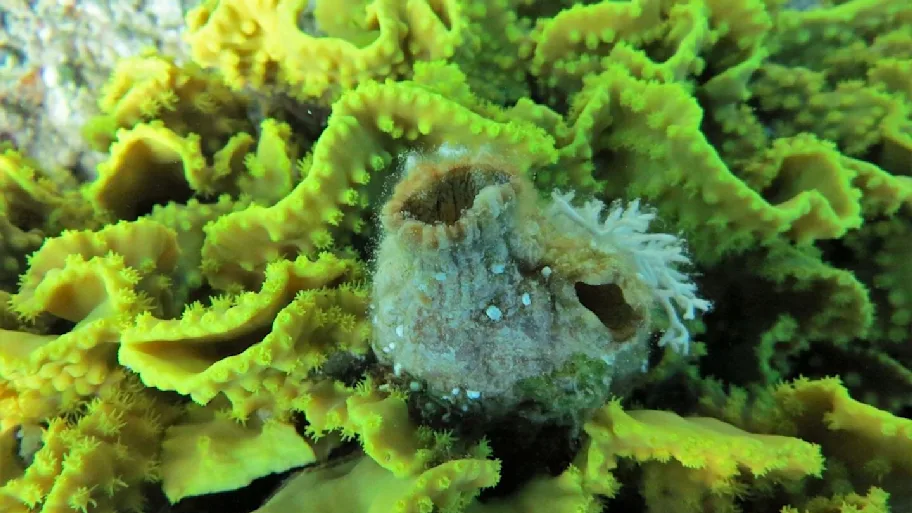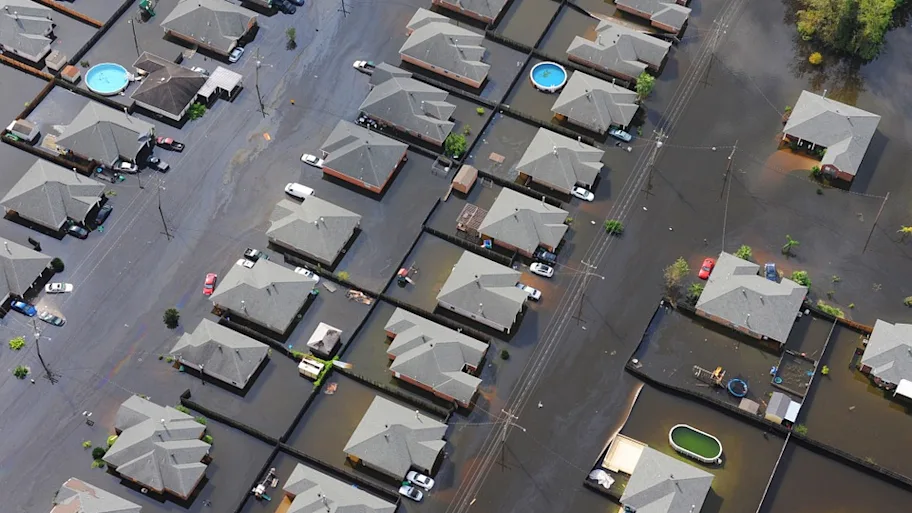
- Science news
- Featured news
- Dr Tal Gordon: ‘During one of my dives, an animal I collected ejected its digestive system at me’
Dr Tal Gordon: ‘During one of my dives, an animal I collected ejected its digestive system at me’
By Mischa Dijkstra, Frontiers science writer / Tal Gordon, George S Wise Faculty of Life Sciences, Tel-Aviv University, Israel

Tal Gordon during one of her research dives. Image credit: Tal Zaquin
Dr Tal Gordon is a zoologist and molecular biologist interested in the molecular basis of regeneration. She grew up in Eilat (Israel) close to the Red Sea and spent much of her childhood by the sea. Her recent PhD thesis at Tel-Aviv University focused on the development and regeneration in ascidians (sea squirts, a non-monophyletic subdivision of tunicates), in particular Polycarpa mytiligera.
She discovered that this species has unique regeneration abilities, which makes it an excellent new model system to study regeneration and stem cells. One key result, recently published in Frontiers in Cell and Developmental Biology, is that P. mytiligera can regenerate any missing body part, including its entire nervous system, by reactivation of evolutionarily conserved developmental programs.
Gordon is currently a postdoctoral fellow in the laboratory of Dr Omri Wurtzel at Tel-Aviv University, focusing on the molecular basis of regeneration. In her present research, she uses comparative genomics to unravel regulatory pathways that facilitate ascidian regeneration.
As part of our Frontier Scientist series, she told us about her inspirations, her research career trajectory, the questions she's interested in, and the value of open access.
If you have recently published your research with Frontiers and believe you have a story to tell, then you might feature as part of our new Frontier Scientists series! Send an email with the subject line ‘Frontier Scientists’ and your name to press@frontiersin.org , as well as details on what your most recent research was about.
What inspired you to become a researcher? Do you have any specific memories that set off a spark?
I grew up in Eilat (Israel) close to the Red Sea and spend much of my childhood there. My favorite subject in high school was biology and I knew that biology would naturally be the choice for my BSc studies. During my final year of BSc studies, I performed a research project on the biology and ecology of ascidians in the Red Sea.
As someone who spent many hours at sea, I was amazed that I never noticed these beautiful animals before. I enjoyed studying ascidians through independent research and observing their marine life from a researcher's perspective. I realized that there is so much that we do not know, and so much to be learned from the marine ecosystem. So I decided that marine research, and ascidians in particular, would became the center of my further studies.
Can you tell us about the research you’re currently working on?
I am currently working on stem cells and regeneration in ascidians. I am especially interested in the molecular basis and the evolution of tissue regeneration and have established the solitary ascidian Polycarpa mytiligera, as a new model system for regeneration studies.
I have been working on this model for the last eight years. My first encounter with this species was during my BSc studies. While working on P. mytiligera distribution and taxonomy at the Red Sea, I collected some specimen for the Steinhardt Museum of Natural History collection. During one of my research dives, one of the animals that I collected ejected its digestive system at me.
It was the first time that something like that had happened to me and I was amazed. I learned that this species is capable of performing ‘evisceration’, the ejection of its digestive system, as a stress response. Even more incredible was this species’ ability to regenerate its entire digestive system in only 12 days. That was my first experience with its regenerative abilities, and I was fascinated by it.
P. mytiligera's regeneration abilities become the focus of my MSc and PhD studies. I further found this species’ unique ability to regenerate all its body systems and organs: an ability never documented before in a solitary ascidian species.
In your opinion, why is your research important?
As ascidians are the closest living relatives to vertebrates, I believe that studying regeneration in ascidians could lead to discovery of key components of regeneration, which are likely also present in vertebrates. Furthermore, my research focuses on the wide variation in regeneration abilities found among closely related species.
Therefore it emphasizes the importance of studying a wide array of species and model systems, to better understand the evolution of this complex process.
‘Ascidians are extremely interesting and allow us to answer some of the most fundamental questions in developmental and regenerative biology’
Dr TAL GORDON
Download original article (pdf)
Are there any common misconceptions about this area of research? How would you address them?
I think that there is a great misconception regarding marine invertebrates. They are often looked on at as ‘primitive’ and simple, and so not interesting as model animals. However, many experimental researchers find these organisms extremely beneficial as model systems for research purposes, because of their simple body structure. Ascidians are extremely interesting and allow us to answer some of the most fundamental questions in developmental and regenerative biology.
What are some of the areas of research you’d like to see tackled in the years ahead?
I would like to see more researchers expanding into new model systems within their particular research area. I believe that using a variety of model systems will allow us to answer key question in regenerative biology, including the wide variety of regenerative abilities that we see among closely related species.
How has open science benefited the reach and impact of your research?
I think that open science is very important as it allows access to a wide audience. It enables the general public, as well as students, to easily access scientific literature, including my research, and benefit from it. Exposure through open science arouses interest and brings people to continue exploring: just as happened to me during my own research.

Image credit: Amir Cohen

Image credit: Amir Cohen

Image credit: Matan Yuval

Tal at work in the molecular laboratory. Image credit: Tal Zaquin
If you have recently published your research with Frontiers and believe you have a story to tell, then you might feature as part of our new Frontier Scientists series! Send an email with the subject line ‘Frontier Scientists’ and your name to press@frontiersin.org , as well as details on what your most recent research was about.
REPUBLISHING GUIDELINES: Open access and sharing research is part of Frontiers’ mission. Unless otherwise noted, you can republish articles posted in the Frontiers news site — as long as you include a link back to the original research. Selling the articles is not allowed.






